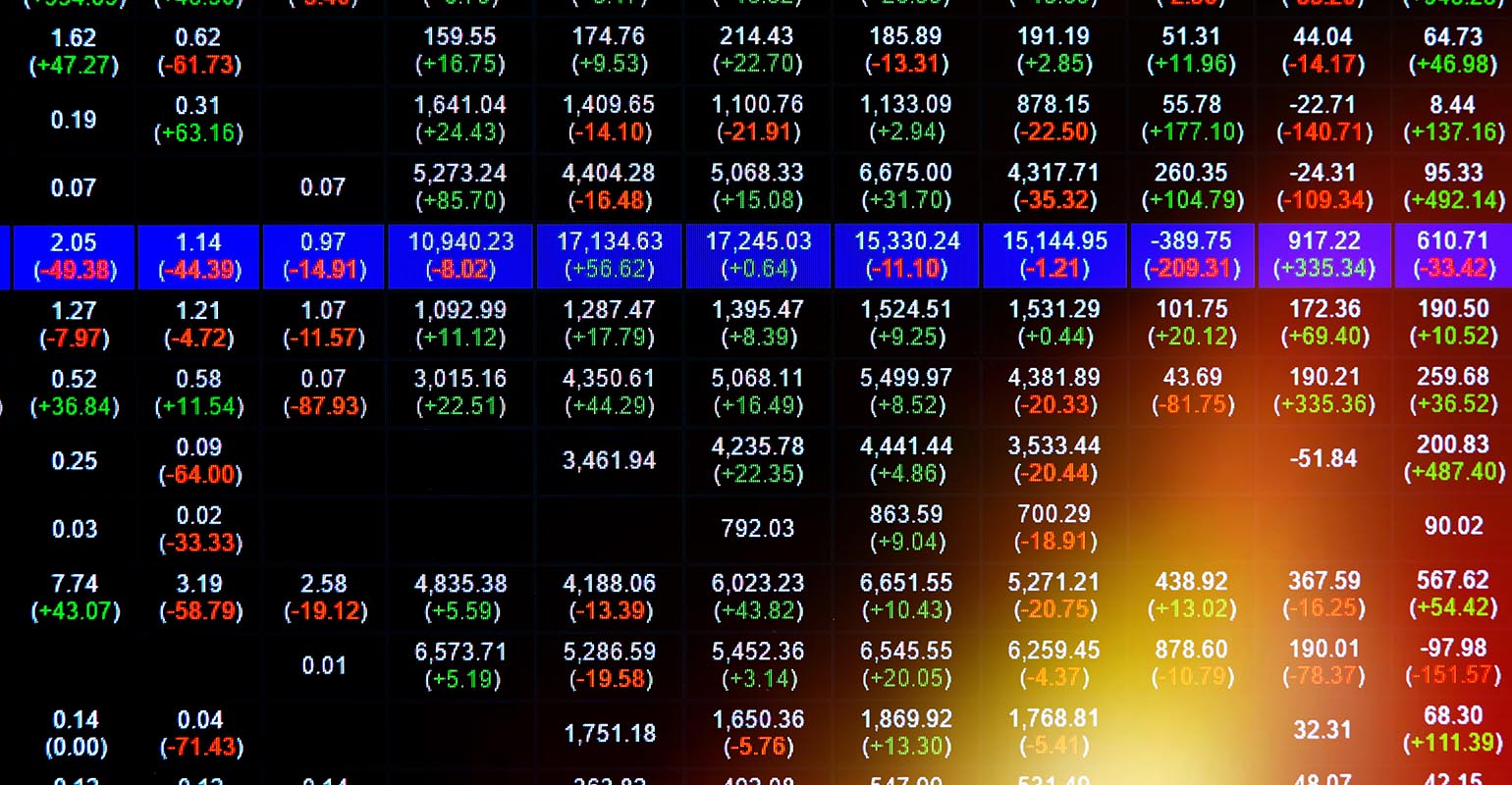Direct indexing through a separately managed account is currently one of the fastest growing investment strategies in the United States. This solution can be particularly effective for those with concentrated positions in company stocks.
The approach allows investors to replicate the performance of a specific index while maintaining control over individual securities. To accomplish this, an automated program will systematically buy and sell the individual stocks that make up an index rather than simply buying the index as a whole through an exchange-traded fund or mutual fund.
Direct indexing has long been an effective strategy for extremely wealthy individuals and families. However, recent technological advances have now made this attractive solution available and affordable for investors of all levels. According to Cerulli Associates, direct indexing through SMAs has grown 12% annually, with total assets projected to reach $2 trillion by the end of 2024.
While some have labeled ETFs as “the single most disruptive trend within the asset management industry over the past 20 years,” direct indexing seems likely to take that spot.
Direct indexing has several important benefits for those with concentrated company stock positions.
Personalization, Diversification and Risk Management
Direct indexing allows investors to customize their portfolios based on their preferences and investment goals. Unlike traditional index funds or ETFs, which are fixed and cannot be changed, direct indexing offers the flexibility to exclude specific stocks or sectors from the investment portfolio. This customization allows investors to align a portfolio to their needs and risk tolerance.
Direct indexing can also improve the ability to achieve diversification within a portfolio that contains a concentrated stock position. Holding a significant portion of one's wealth in a single stock can expose that individual to additional risk. By using a direct indexing approach, investors can spread their investments across a wider range of securities, reducing the impact of any single stock's performance on their overall portfolio. This diversification can help mitigate risk and provide a more balanced investment approach.
The de-risking process usually involves removing company shares from the separately managed account. This prevents inadvertent addition to an already centered position. For example, Microsoft is currently the most heavily weighted stock in the S&P 500, accounting for 7.1% of the index. When a Microsoft employee invests in the S&P 500 index, 7.1% of the purchase would be Microsoft stock. Not only would they be adding to an already concentrated position, but they would also, in effect, be paying more for the stock in the retail market rather than getting it at a discounted price domestically through stock options or a stock program. purchase of shares of their employees. Imagine a dairy farmer who can produce a gallon of milk for $1. Why would he pay $3 for the same gallon at the supermarket?
In addition to removing a specific company stock from the custom index, investors can remove those securities with the highest correlations with the concentrated position or even reduce exposure to the entire sector. Returning to the previous example, a reasonable approach might involve withdrawing general technology exposure since Microsoft is highly connected to the entire technology sector.
Tax efficiency through tax loss harvesting
For many people, tax loss harvesting is perhaps the most attractive feature of direct indexing and, if done correctly, can potentially increase annual returns by 1%-2%. By owning individual stocks instead of broad indexes, investors can selectively sell those securities that are trading at a loss to offset current or future capital gains. In addition, direct indexing allows more control over the timing of capital gains, enabling investors to defer taxes until a more convenient time.
Tax loss harvesting provides even greater value to those with concentrated company stock positions, as the harvested losses can be used to offset realized gains resulting from the planned sale of appreciated company stock. Studies show that loss harvesting is most effective when new money is continually added to the portfolio. Therefore, a strategy that directs the proceeds from the sale of the company's stock back into the direct index can continuously drive the tax loss harvesting process and maximize its effectiveness.
Briefing
Holding a concentrated position of company stock has proven to be an effective way for employees to build wealth and increase retirement assets. It also benefits the organization by keeping its employees more connected to the company's performance by having “skin in the game” through stock ownership.
For those holding a focused position, rather than worrying about having “too many eggs in one basket,” a better approach may be to focus on creating a basket that protects those valuable eggs and helps maximize their value in the future.
Direct indexing presents a compelling investment strategy for individuals with concentrated company stock positions by offering diversification, tax efficiency, customization and enhanced performance potential. With recent technological advances, lower costs and increased availability, direct indexing has become a solution that all those with concentrated company stock positions should at least explore.
Jason Chalmers is a director at Cohn Financial Group, a division of Gallagher.

